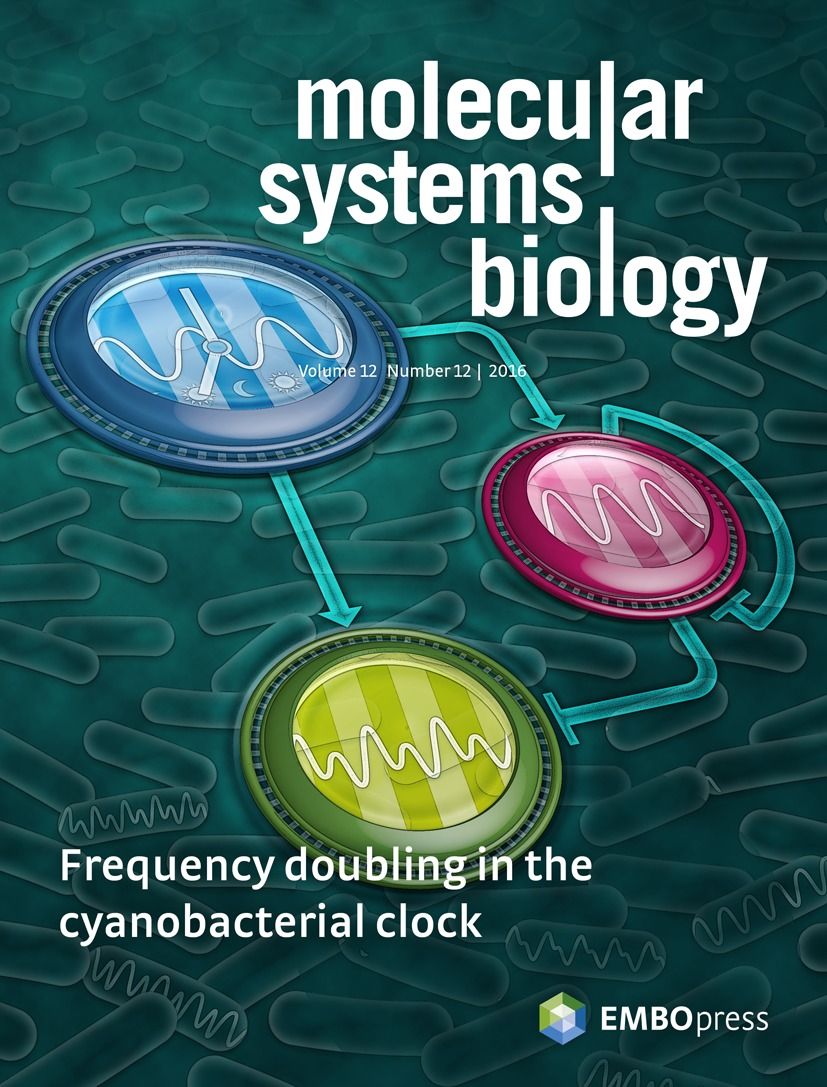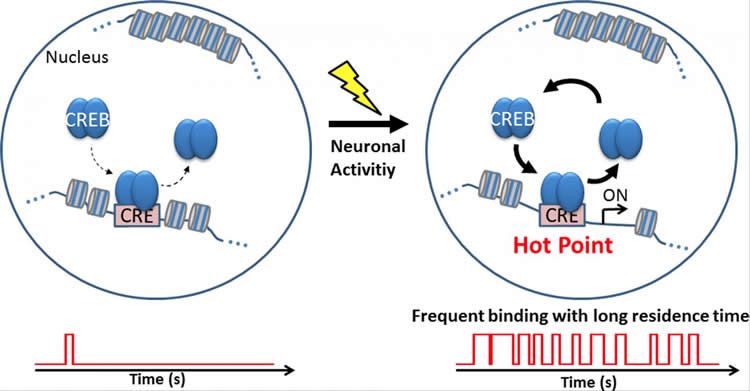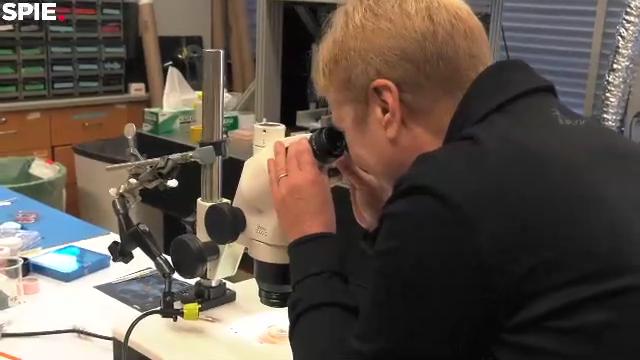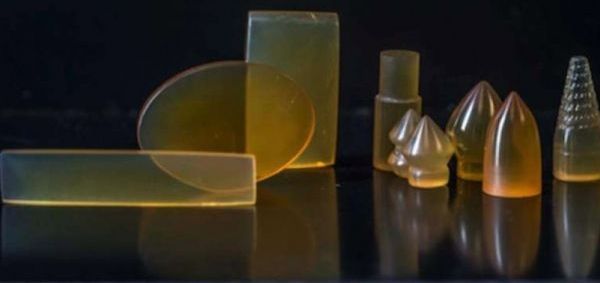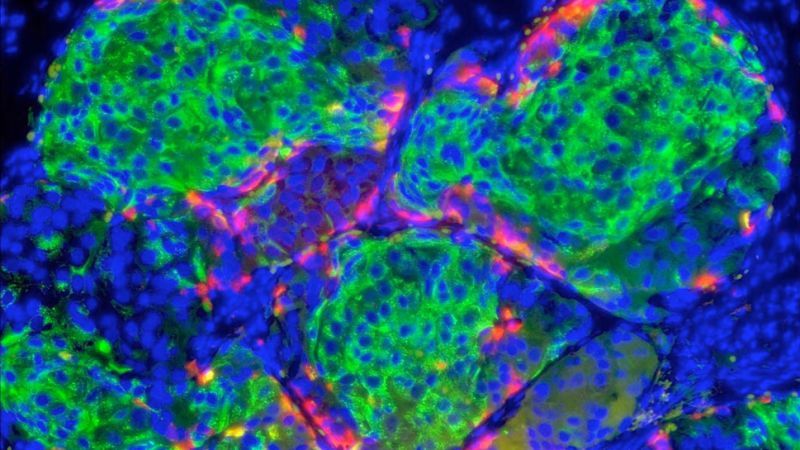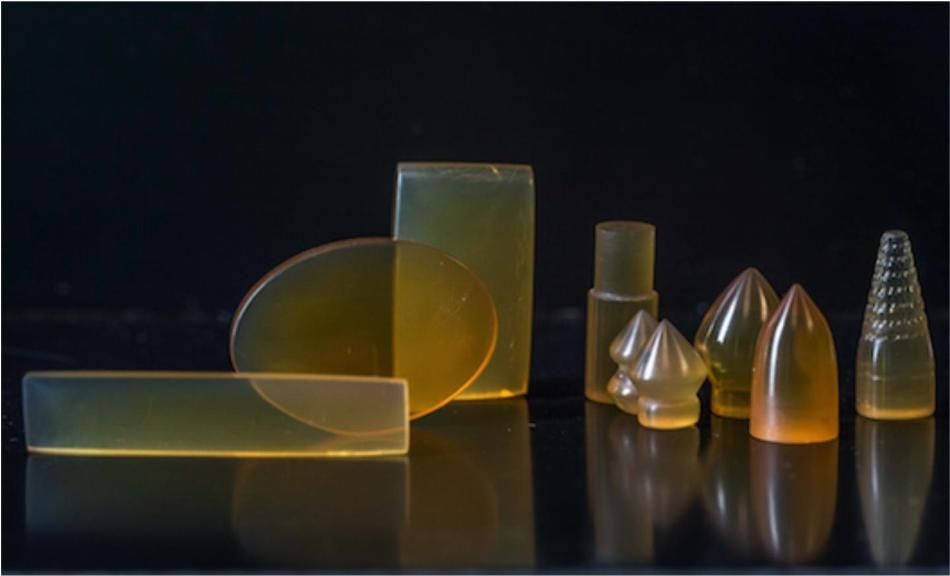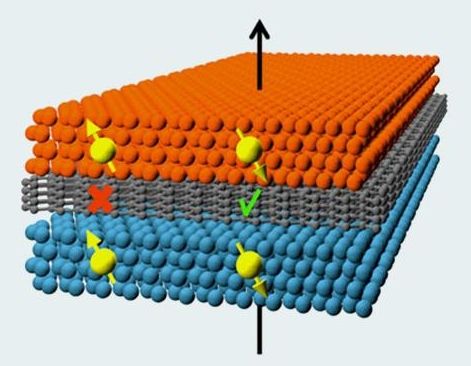Dec 29, 2016
Model‐guided combinatorial optimization of complex synthetic gene networks
Posted by Karen Hurst in categories: bioengineering, biological, genetics
Constructing gene circuits that satisfy quantitative performance criteria has been a long‐standing challenge in synthetic biology. Here, we show a strategy for optimizing a complex three‐gene circuit, a novel proportional miRNA biosensor, using predictive modeling to initiate a search in the phase space of sensor genetic composition. We generate a library of sensor circuits using diverse genetic building blocks in order to access favorable parameter combinations and uncover specific genetic compositions with greatly improved dynamic range. The combination of high‐throughput screening data and the data obtained from detailed mechanistic interrogation of a small number of sensors was used to validate the model. The validated model facilitated further experimentation, including biosensor reprogramming and biosensor integration into larger networks, enabling in principle arbitrary logic with miRNA inputs using normal form circuits. The study reveals how model‐guided generation of genetic diversity followed by screening and model validation can be successfully applied to optimize performance of complex gene networks without extensive prior knowledge.
